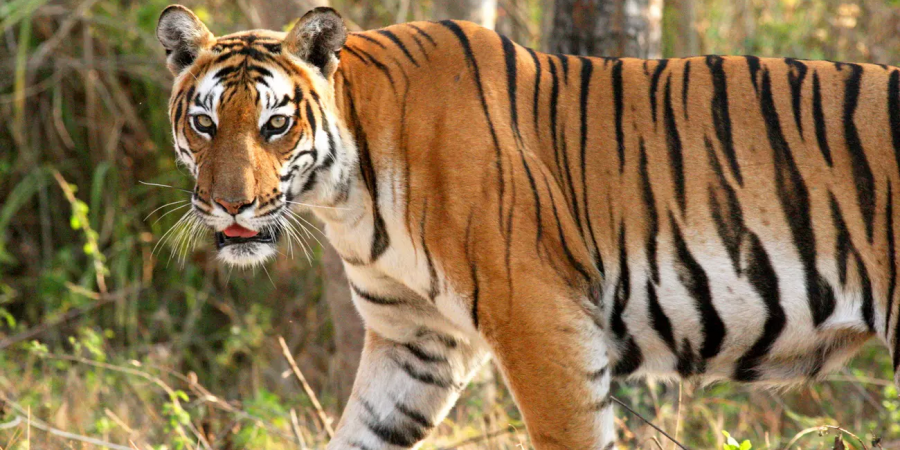

The tiger (Panthera tigris) is the largest species of the big cats, known for its striking orange coat with black stripes. This majestic predator is a symbol of power, courage, and beauty across cultures. Tigers are solitary and territorial animals, primarily found in forests, grasslands, and swamps across parts of Asia.
Tigers are recognized for their muscular bodies, large size, and iconic striped fur, which helps them blend into their environment for hunting. Their physical traits include:
There are several subspecies of tigers, which vary in size and habitat. The most notable include:
Unlike lions, tigers are solitary animals. They live and hunt alone, marking and fiercely defending their territories from intruders. Male tigers usually have larger territories than females, and their ranges may overlap with multiple females, but not with other males.
Tigers communicate through vocalizations such as growls, roars, and moans, as well as scent marking through urine and scratching trees. They are highly territorial and will engage in confrontations with other tigers to defend their domain.
Tigers are apex predators, feeding primarily on large herbivores like deer, wild boar, and buffalo. They are ambush hunters, using stealth and camouflage to get close to their prey before launching a powerful and swift attack, aiming to bite the neck or throat of their target. Their muscular build and sharp claws give them a great advantage when overpowering large animals.
They are also strong swimmers, often hunting prey near water bodies or crossing rivers in pursuit of food. In some cases, tigers can consume up to 40 kg (88 lbs) of meat in a single meal, though they may go days without food.
Tigers once roamed across large parts of Asia, from Turkey to Siberia. However, their habitat has dramatically decreased due to human activities. Tigers now primarily inhabit:
Each subspecies has adapted to its local environment, with some thriving in the colder climates of Russia and others in the tropical forests of Southeast Asia.
Tigers are classified as Endangered by the IUCN Red List, with only an estimated 3,900 tigers left in the wild. Their populations have been decimated by poaching for their fur, bones, and other body parts, which are used in traditional medicine and for decoration. Habitat destruction due to deforestation, agriculture, and infrastructure development has also played a major role in their decline.
Several conservation efforts have been made to save the tiger from extinction:
Tigers have been revered in cultures around the world for centuries, representing power, protection, and dignity. In Chinese mythology, the tiger is one of the four sacred animals and a symbol of military prowess. The tiger is also the national animal of India, Bangladesh, and Malaysia, and is featured prominently in literature, folklore, and art.
Tigers are one of nature’s most powerful and awe-inspiring creatures, but they face significant challenges in the modern world. Their future depends on continued conservation efforts and global awareness to protect these magnificent animals from extinction.
